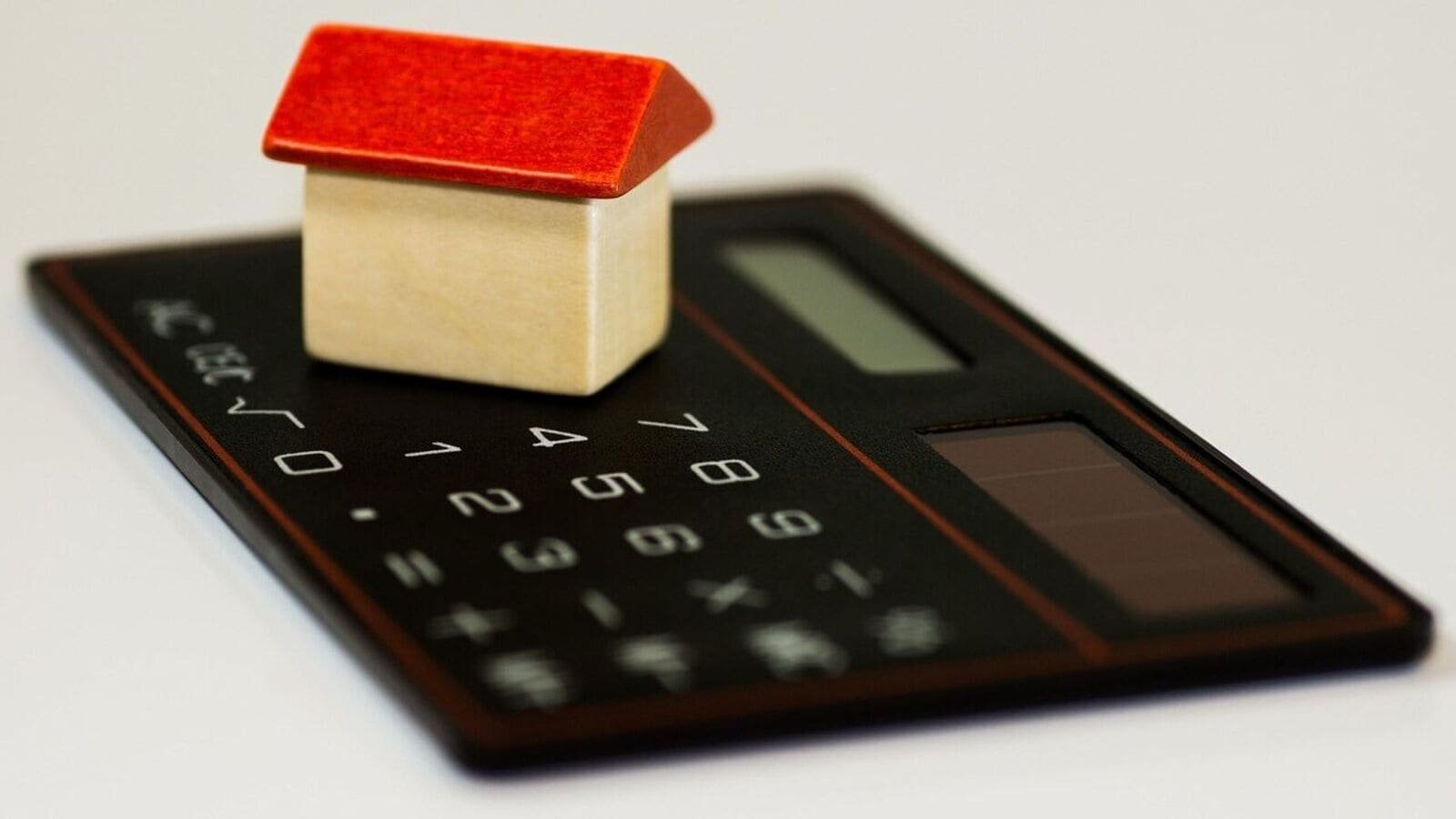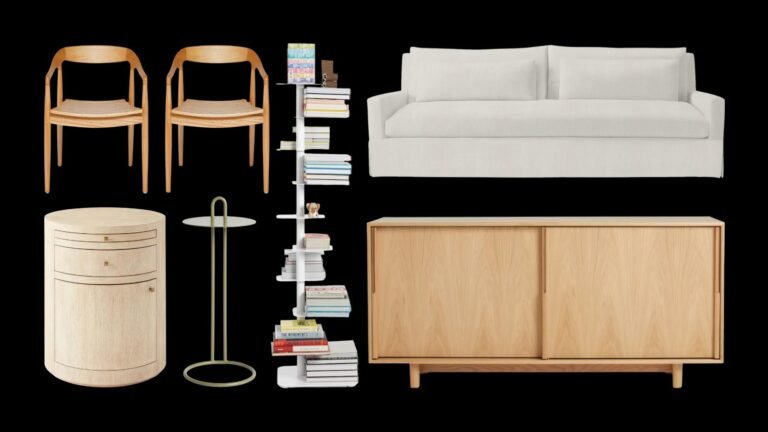Understanding Capital Gains Tax Implications in Home Sales: The Furniture Factor
In today’s real estate market, many sellers are opting to divide the sale value of their properties. By allocating portions of the sale to furniture, appliances, and other household items, they aim to minimize their capital gains tax liabilities. However, this strategy can be fraught with risks if not executed correctly.
Why Split Sale Values?
Bhawna Kakkar, a chartered accountant and founder of Kakkar & Company, highlights that this method allows sellers to potentially lessen their tax burden. The rationale is based on the belief that tax authorities rarely inspect furnishings on-site, creating opportunities for manipulation. However, overstating the value of these items can lead to serious repercussions.
The Right Approach to Selling Furniture
To minimize tax liabilities effectively, it’s crucial to treat the sale of furniture as a separate transaction distinct from the property’s sale price. Here’s how to do it correctly:
-
Separate Sales Agreement: Sellers should draft a specific agreement detailing the sale of furniture and fixtures. This agreement should either itemize the fair market value of each piece or specify an agreed-upon total.
-
Honest Valuation: It’s essential to ensure that the values declared in the agreement align with the current market prices. Overvaluation can attract scrutiny from the tax authorities.
-
Document Everything: A well-prepared agreement backed by valid documentation can safeguard both parties if questions arise later. Original invoices for the sold items should be attached since informal receipts may not withstand scrutiny.
- Use Digital Proof: If invoices are not available, a bank statement showing the digital payment for the furniture can serve as adequate evidence.
What Constitutes Personal Effects?
Understanding what qualifies as “personal effects” is vital. According to Kakkar, personal effects include a range of items such as:
- Furniture
- Appliances (non-fixed)
- Apparel
- Vehicles (cars, scooters)
- Musical instruments
- Generators
However, fixed electrical items like air conditioners may not be classified as personal effects for the purpose of bifurcating sales consideration. Additionally, items like archaeological artifacts and precious metals cannot be included in this category and must be reported differently.
Risks of Misdeclaration
Sellers need to be aware that failing to provide a proper agreement or supporting invoices can result in hefty tax penalties. If a transaction comes under scrutiny and the seller cannot justify the declared values, they could face a capital gains tax of up to 20% for long-term gains (or 30% for short-term gains), along with additional interest and penalties.
Kakkar warns that Section 115BBE of the Income Tax Act poses even stricter sanctions on unexplained income. As demonstrated in the case of Devinder Kumar v. ITO (2018), sellers may face challenges if they attempt to underreport property values by artificially inflating furniture values without evidence. The tribunal ruled against such practices, emphasizing the importance of documentation.
Special Considerations for NRIs
Non-resident Indians (NRIs) must tread carefully when dealing with property sales and associated furniture sales. Without proper documentation, NRIs cannot remit proceeds overseas. To transfer funds from a property sale, NRIs must obtain a Form 15CB certificate, which is only issued after a thorough audit by a chartered accountant.
To avoid complications, NRIs should refrain from separating furniture sales to evade capital gains tax unless accompanied by valid invoices.
Conclusion
While selling furniture as part of a home transaction can reduce capital gains tax, the process must be handled with care to avoid legal issues. Sellers should prepare proper agreements, ensure accurate valuations, and maintain thorough documentation to protect themselves. For more insights into navigating the complexities of property transactions and home design, explore our blog at ChatbiHouse.
By following these guidelines, home sellers can make informed decisions that not only benefit their financial standing but also maintain transparency with tax authorities.










